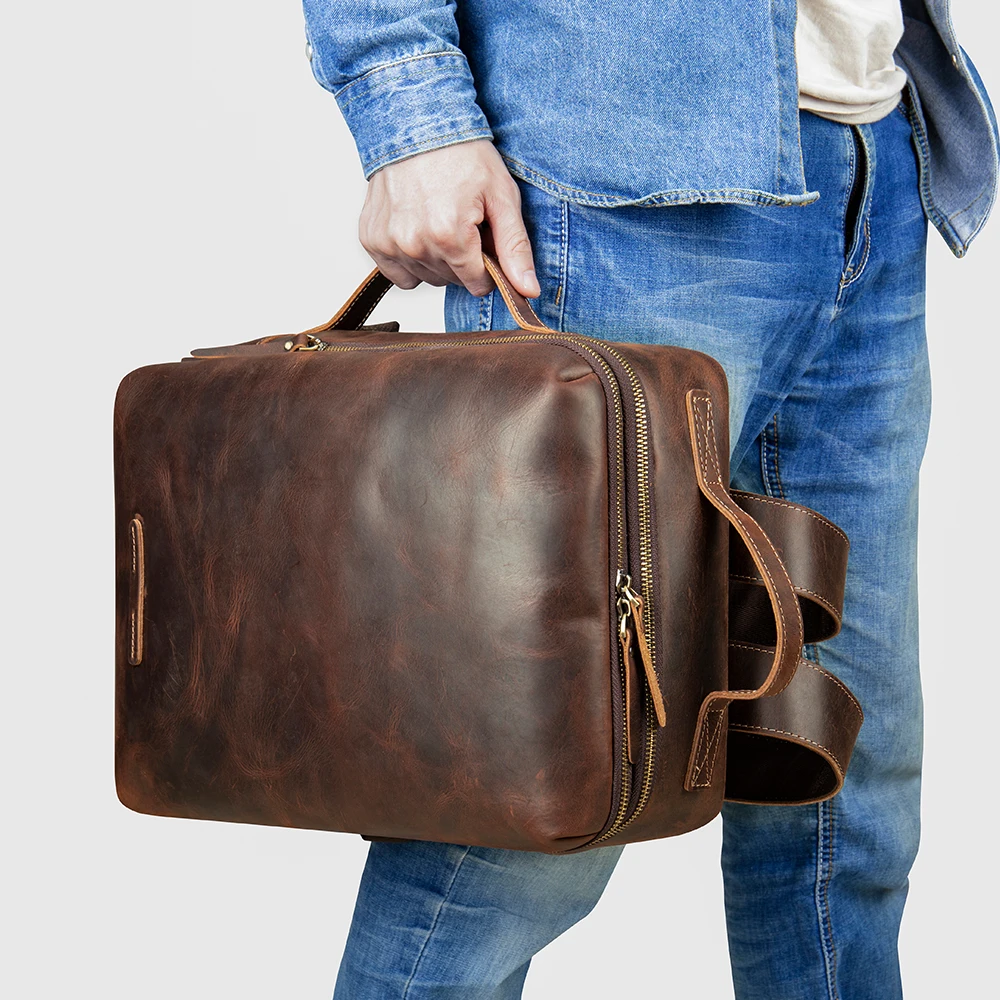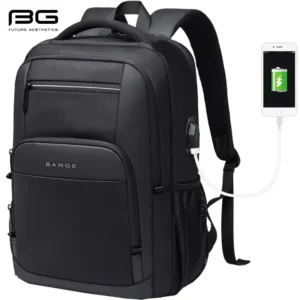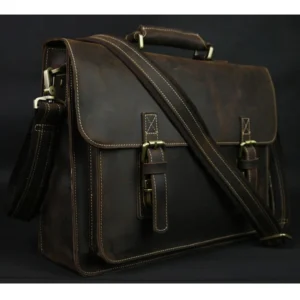Introduction: The Science of Comfort on Your Shoulders
The silent discomfort of a poorly designed backpack is something many of us endure daily without realizing there’s a better way. That persistent ache between your shoulder blades, the sweaty back during your commute, or the nagging lower back pain after carrying your essentials—these aren’t inevitable consequences of using a backpack. They’re signs of inadequate ergonomic design.
Ergonomics—the science of designing products that work with your body rather than against it—transforms the entire carrying experience. When applied thoughtfully to backpack design, it can eliminate pain points, improve posture, and make carrying even heavy loads feel surprisingly comfortable.
Throughout this guide, you’ll discover exactly which features contribute to a truly comfortable backpack, how to identify quality ergonomic design, and practical ways to maximize comfort with the backpack you already own. Understanding these elements isn’t just about immediate comfort—it’s about protecting your body from the cumulative strain that can lead to chronic issues.
Studies have found that more than 75% of regular backpack users experience some form of discomfort, with many developing recurring pain patterns that could be avoided through better design and proper use. The principles of leather conditioning and waterproofing similarly extend the comfort and life of your backpack, ensuring these ergonomic benefits last.
Understanding Ergonomics in Backpack Design
Ergonomics in backpack design means creating a carrying system that works harmoniously with human anatomy, rather than fighting against it. Unlike purely aesthetic features or simple padding, true ergonomic design addresses how weight interacts with your body’s structure and movement patterns.
At its core, backpack ergonomics revolves around four key principles:
- Weight distribution: Spreading the load across stronger parts of your body
- Stability: Minimizing shifting and swaying that cause muscle fatigue
- Breathability: Managing heat and moisture where the pack contacts your body
- Custom fit: Accommodating individual body shapes and proportions
These principles matter because carrying even moderate weight improperly can exert forces of up to 4-5 times that weight on your spine and shoulders. When designed correctly, a backpack works with your body’s natural mechanics, transferring weight to your strongest muscle groups and maintaining your center of gravity.
Understanding the difference between truly ergonomic features and marketing gimmicks helps you invest in a backpack that delivers genuine comfort. The essential features of waterproof leather backpacks often incorporate these ergonomic principles alongside weather protection, creating an ideal everyday carrying solution.
Key Weight Distribution & Support Features
Padded and Contoured Shoulder Straps
Shoulder straps are your primary contact point with the backpack and play a crucial role in comfort. Well-designed straps distribute weight evenly across your collarbones and shoulders, preventing pressure points and chafing.
What makes shoulder straps truly ergonomic:
– S-shaped contours that follow your body’s natural curves
– Varying padding density, with firmer support where needed most
– Breathable materials that prevent heat buildup
– Width proportional to the load they’re designed to carry
The best straps will be wide enough to spread weight without digging in, but not so wide that they restrict arm movement or chafe against your neck. Look for stitching that allows the strap to flex naturally with your movement.
Supportive Hip Belt (Waist Belt)
A properly designed hip belt is perhaps the most important ergonomic feature for heavier loads, capable of transferring up to 80% of backpack weight from your shoulders to your hips.
What to look for in a quality hip belt:
– Substantial padding that extends around your hip bones
– Firm yet comfortable materials that don’t collapse under weight
– Anatomical shaping that cups your iliac crest (hip bones)
– Wide surface area for better weight distribution
– Secure fastening system that doesn’t slip during movement
Using a hip belt correctly dramatically reduces the burden on your shoulders and spine by engaging your stronger leg and core muscles. The ultimate guide to conditioning leather backpacks also addresses how proper maintenance keeps these components supple and comfortable against your body.
Adjustable Sternum Strap
This small but mighty feature connects your shoulder straps across your chest, preventing them from sliding outward and significantly improving stability.
Key qualities of effective sternum straps:
– Height adjustability to accommodate different chest shapes
– Elastic section to allow for breathing and movement
– Secure buckle that won’t release under tension
– Proper positioning (typically 1-2 inches below the collarbone)
When positioned correctly, a sternum strap reduces shoulder fatigue by minimizing the forward pull of the pack and keeping the shoulder straps in their optimal position.
Load Lifter Straps
These often-overlooked straps connect the top of the shoulder straps to the upper portion of the backpack. When properly adjusted, they position the backpack closer to your center of gravity, reducing strain on your back.
What makes load lifters effective:
– Proper angle (ideally 45° when adjusted)
– Secure attachment points that don’t slip
– Easy access for on-the-go adjustments
– Appropriate length for your torso and the backpack size
Load lifters prevent the top of the backpack from pulling away from your body, which would otherwise create leverage that increases the effective weight and strain on your shoulders.
Internal and External Frame Systems
The frame system provides structural integrity and creates the foundation for weight transfer within the backpack.
Types of frames and their benefits:
– Internal frames: Contoured to your back, provide better balance for active movement
– External frames: Excellent ventilation and superior heavy load capacity
– Frameless: Lightweight and flexible, best for lighter loads
Quality frame systems direct weight to your hips while maintaining the backpack’s shape under load. Our leather travel backpacks utilize carefully designed internal frame systems that balance support with the natural flexibility of premium leather.
Back Panel Design & Airflow Management
Padded and Contoured Back Panel
The back panel is your backpack’s interface with your spine and back muscles. Effective ergonomic design here significantly impacts overall comfort.
Essential back panel features:
– Padding that follows the natural S-curve of your spine
– Firm support in the lumbar region
– Protection from awkwardly placed contents
– Surface materials that minimize friction against clothing
A well-designed back panel supports your natural posture while preventing objects inside the backpack from pressing uncomfortably against your back.
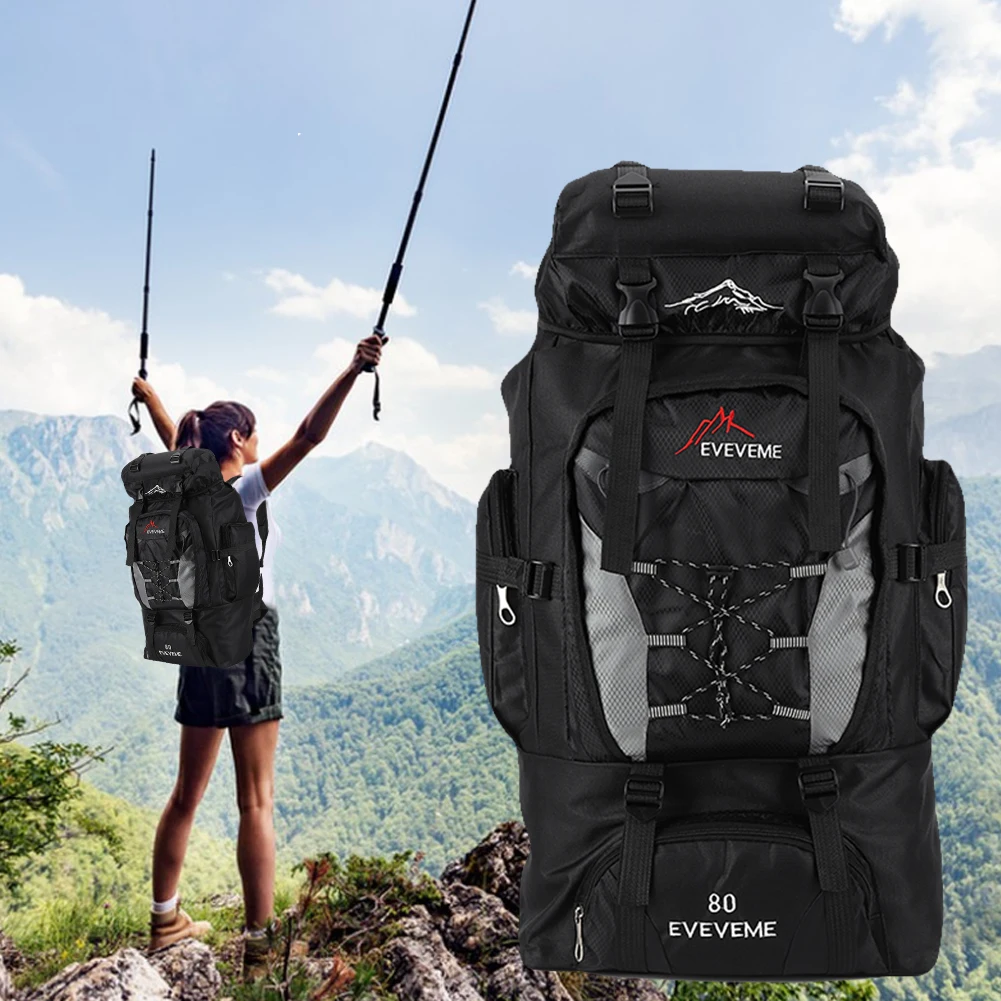
Ventilation Channels & Breathable Mesh
Backpack-induced sweaty backs aren’t just uncomfortable—they can lead to chafing and even contribute to dehydration during extended wear.
Effective ventilation systems include:
– Suspended mesh designs that create air space between you and the pack
– Channeled foam with strategic grooves for air circulation
– Moisture-wicking contact materials that dry quickly
– “Chimney effect” designs that promote vertical air movement
The best ventilation systems maintain proper support while minimizing the surface area in direct contact with your back. For leather backpack owners, understanding leather maintenance for commuters helps preserve these ventilation features for long-term comfort.
Customized Fit & Adjustability Systems
Adjustable Torso Length
Perhaps the most fundamental ergonomic feature is proper torso fit. A backpack that’s too long or too short for your back creates pressure in all the wrong places.
What makes a good torso adjustment system:
– Multiple position options to accommodate different heights
– Secure locking mechanism that won’t slip under weight
– Clear measurement system to help achieve proper fit
– Adequate range to fit various body types
To find your torso length, measure from your C7 vertebra (the prominent bump at the base of your neck) to the level of your iliac crest (top of hip bones). Quality men’s leather backpacks offer various sizing options to accommodate different torso lengths.
Overall Strap Adjustability and Ergonomic Pulls
The finest ergonomic backpack is only as good as its adjustment system. Quality adjusters allow you to fine-tune the fit to your exact body shape.
Features of superior adjustment systems:
– Smooth-gliding webbing that adjusts easily under load
– Secure locking that prevents slipping
– Ergonomic pulls that are accessible while wearing the pack
– Sufficient strap length to accommodate layered clothing
The ability to make micro-adjustments on the go helps you adapt to changing conditions and fatigue levels during extended wear.
Internal Organization for Balance & Comfort
Smart Compartmentalization & Pockets
Beyond convenience, thoughtful organization directly impacts comfort by stabilizing contents and distributing weight properly.
Ergonomic organization features:
– Compartments that hold items close to your back
– Weight distribution across the vertical axis of the backpack
– Secure closures that prevent shifting during movement
– Strategic pocket placement for frequently accessed items
Well-organized contents mean less shifting, better balance, and improved stability—all translating to greater comfort.
Dedicated Laptop Sleeves & Hydration Systems
Heavy items like laptops and water reservoirs benefit from specialized storage designed to position their weight optimally.
Key ergonomic considerations:
– Laptop sleeves positioned closest to your back
– Suspended design to protect electronics and distribute weight
– Centered placement to maintain left-right balance
– Secure fastening to prevent shifting
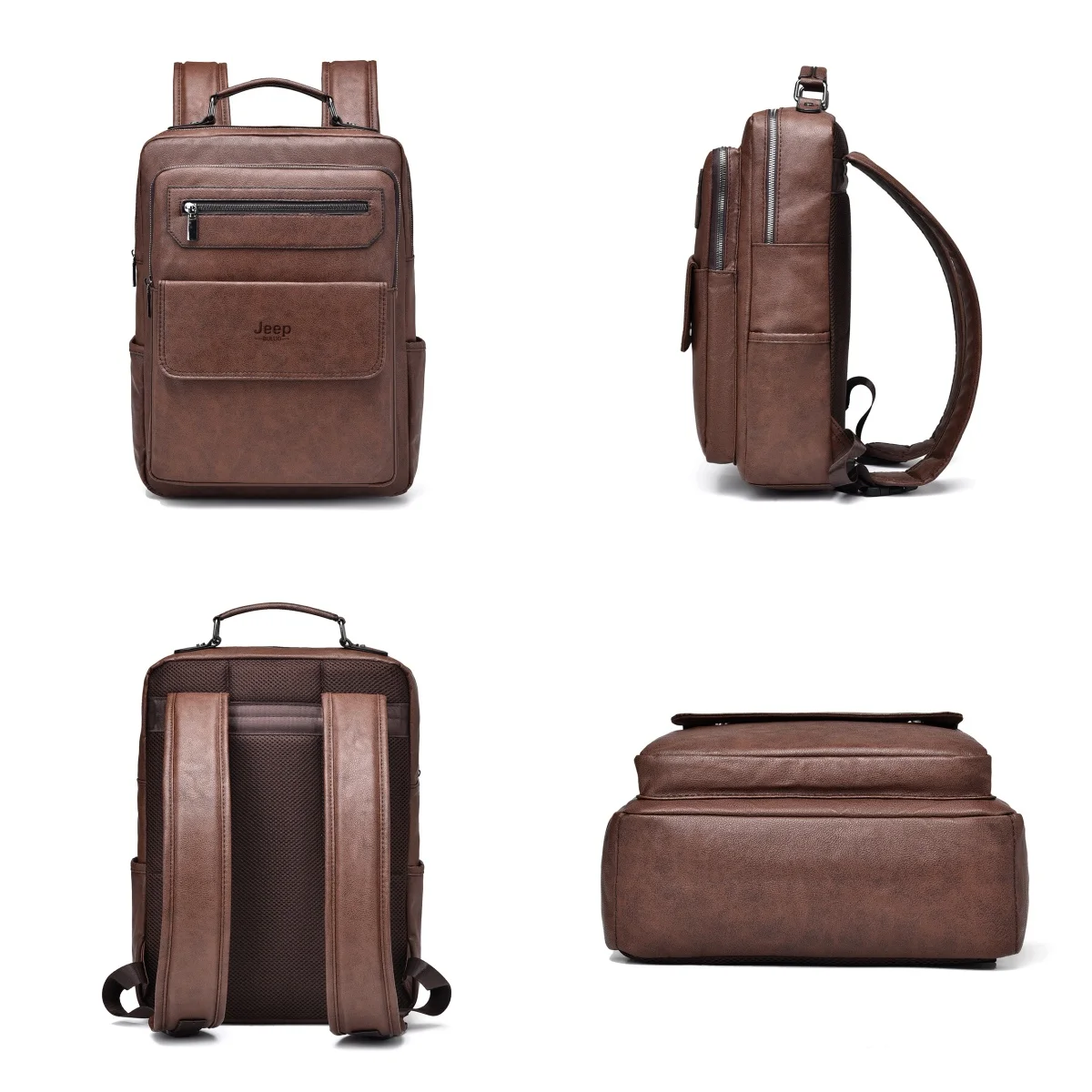
Our selection of leather laptop backpacks features ergonomically positioned laptop compartments that maintain proper weight distribution while protecting your valuable electronics.
Materials: Finding the Balance of Durability and Weight
The materials used in backpack construction significantly impact both comfort and longevity.
Material considerations for ergonomic comfort:
– Weight-to-strength ratio (unnecessary weight adds to your burden)
– Flexibility where movement is needed
– Reinforcement at high-stress points
– Weather resistance appropriate for intended use
Premium materials like full-grain leather offer an excellent balance of durability and comfort that improves with age, especially when maintained properly. Following DIY leather care methods for travel backpacks ensures these materials continue to perform at their best.
Proper Backpack Fitting: Maximizing Ergonomic Benefits
Even the most ergonomically designed backpack requires proper fitting to deliver its benefits. Follow this sequence for optimal comfort:
- Loosen all straps before putting on the backpack
- Position the hip belt first, centered on your hip bones
- Tighten the hip belt firmly but comfortably
- Adjust shoulder straps to pull the pack against your back
- Connect and position the sternum strap at mid-chest
- Tighten load lifters to bring the top of the pack closer
- Fine-tune all adjustments while standing naturally
Signs of proper fit include:
– No gaps between the pack and your back
– Weight primarily felt on hips, not shoulders
– No pressure points or pinching
– Ability to move your head freely
– Minimal swaying during walking
14 Inch Leather Laptop Backpack, Brown Leather Backpack, Men's Leather Backpack, Vintage Leather Backpack
Price range: $177.28 through $199.12 Select options This product has multiple variants. The options may be chosen on the product pageCarry On Leather Backpack, Roll Top Leather Backpack
Price range: $77.76 through $96.48 Select options This product has multiple variants. The options may be chosen on the product pageDesigner Men's Backpack, Men's Leather Laptop Backpack, Men's Leather Work Backpack
Price range: $158.04 through $160.04 Select options This product has multiple variants. The options may be chosen on the product pageDesigner Mini Backpack, Mini Leather Backpack, Small Leather Sling Backpack, Women's Leather Backpack
Price range: $95.76 through $98.80 Select options This product has multiple variants. The options may be chosen on the product pageDesigner Mini Backpack, Designer Women's Backpack, Mini Leather Backpack, Women's Leather Backpack
Price range: $135.92 through $137.64 Select options This product has multiple variants. The options may be chosen on the product page15 Inch Leather Laptop Backpack, Leather Briefcase Backpack
$332.96 Select options This product has multiple variants. The options may be chosen on the product page
Smart Packing Techniques for Optimal Weight Distribution
How you pack directly impacts how the backpack carries, regardless of its ergonomic design.
Follow these principles for comfort-optimized packing:
– Place heaviest items centered and close to your back
– Medium-weight items in the middle zone
– Lightweight items furthest from your back
– Distribute weight evenly side-to-side
– Use compression straps to secure contents and prevent shifting
– Fill the backpack appropriately—not too empty, not overstuffed
This strategic approach maintains your center of gravity and prevents the pack from pulling away from your body. Our multi-use leather backpacks are designed with versatile compartments that facilitate this type of balanced packing.
Ergonomic Solutions for Common Backpack Discomforts
Shoulder Pain and Strain
If you experience shoulder discomfort:
– Check that your hip belt is taking most of the weight
– Ensure shoulder straps are adjusted to the right length
– Try loosening shoulder straps slightly if they’re too tight
– Add the sternum strap if you’re not using it
– Consider a backpack with wider or more padded straps
Most shoulder pain comes from carrying too much weight on the shoulders rather than transferring it to the hips.
Lower Back Ache and Spinal Pressure
For lower back relief:
– Position the backpack higher on your back
– Ensure the hip belt sits on your hip bones, not your waist
– Tighten load lifters to prevent the pack from pulling away
– Check that the back panel contours match your spine
– Avoid overloading your backpack beyond its design capacity
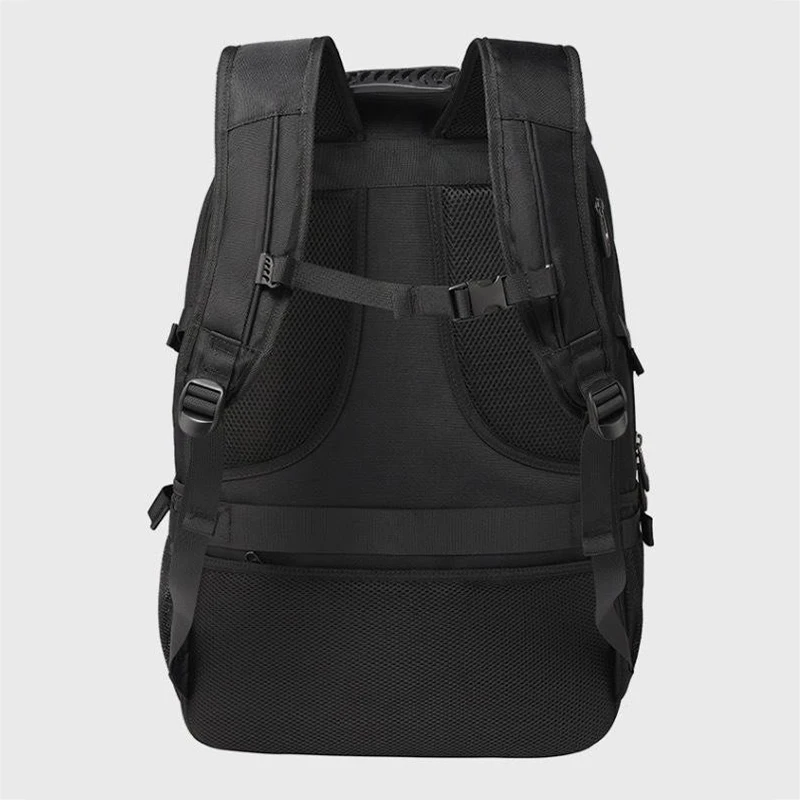
Our women’s leather backpacks feature specially contoured back panels and hip belts designed to complement female anatomy for superior lower back comfort.
Sweaty Back and Heat Discomfort
To manage heat and moisture:
– Look for backpacks with trampoline-style suspended mesh
– Wear moisture-wicking clothing between you and the pack
– Take short breaks to allow ventilation
– Adjust the pack to minimize contact area with your back
– Consider the climate when choosing backpack materials
Even the best ventilation systems work better with occasional breaks to allow air circulation.
Poor Balance and Swaying
If your backpack feels unstable:
– Repack with heavy items centered and close to your back
– Tighten compression straps to secure contents
– Ensure left-to-right weight distribution is balanced
– Use the sternum strap to improve stability
– Check that the backpack size is appropriate for your torso length
An unstable backpack causes muscle fatigue as your body constantly works to counterbalance the movement.
Chafing and Rubbing
To prevent friction discomfort:
– Ensure straps are properly positioned on padded areas
– Check for rough seams or edges that contact your body
– Consider moisture-wicking clothing to reduce friction
– Apply body glide or similar products to high-friction areas
– Break in leather components gradually for custom conformity
Your Ergonomic Backpack Buying Checklist
When evaluating your next backpack purchase, consider these ergonomic essentials:
□ Appropriate capacity for your needs (avoid oversized packs)
□ Torso length compatibility with your measurements
□ Well-padded, contoured shoulder straps
□ Substantial hip belt (if carrying more than 15 pounds)
□ Adjustable sternum strap
□ Load lifter straps
□ Comfortable, contoured back panel
□ Adequate ventilation system
□ Quality frame appropriate for intended use
□ Strategic compartmentalization
□ Balanced weight when packed
□ High-quality, durable materials
□ Accessible adjustment points
□ Weight proportional to carrying capacity
Our carry-on leather backpacks incorporate these ergonomic principles while meeting travel regulations, proving that comfort and practicality can coexist beautifully.
Is Investing in Ergonomics Worth It?
Ergonomic features typically increase a backpack’s price—but is the investment justified? Consider that:
- Quality ergonomic backpacks often last 5-10 years versus 1-2 years for basic models
- The physical cost of poor design accumulates over time through strain and discomfort
- Higher-end ergonomic features become more important as:
- Weight carried increases
- Duration of wear extends
- Frequency of use increases
- Pre-existing physical sensitivities exist
Entry-level ergonomic backpacks starting around $80-120 often provide significant improvements over basic models. Premium options with comprehensive ergonomic systems typically range from $150-300 but offer superior comfort and longevity that justify the investment for daily users.
Can an Ergonomic Backpack Help With Existing Back Problems?
While not medical devices, well-designed backpacks can help manage certain conditions:
- Lumbar support features may provide relief for lower back strain
- Weight transfer systems reduce pressure on herniated discs
- Proper weight distribution minimizes muscle imbalance issues
- Adjustability accommodates changing comfort needs
However, backpacks cannot cure structural problems. If you have diagnosed back conditions, consult healthcare providers about specific features that might help your situation. Often, a combination of proper backpack ergonomics, strengthening exercises, and occasionally switching carrying methods provides the best results.
How Different Are Ergonomic Features for Men vs. Women?
While basic ergonomic principles apply universally, several anatomical differences impact optimal backpack design:
- Women typically have shorter torsos relative to height
- Female shoulder contours often benefit from more pronounced S-shaped straps
- Hip belts for women need different contouring to accommodate wider hips
- Sternum strap placement considerations differ by chest anatomy
Quality brands design women-specific packs from the ground up rather than simply making smaller versions of men’s models. However, individual fit always trumps gender marketing—the best backpack is the one that fits your unique body properly, regardless of which department it comes from.
The most important factor remains finding a backpack that adjusts to your specific body measurements and carrying needs, combining ergonomic design with the timeless appeal and durability of premium materials.
